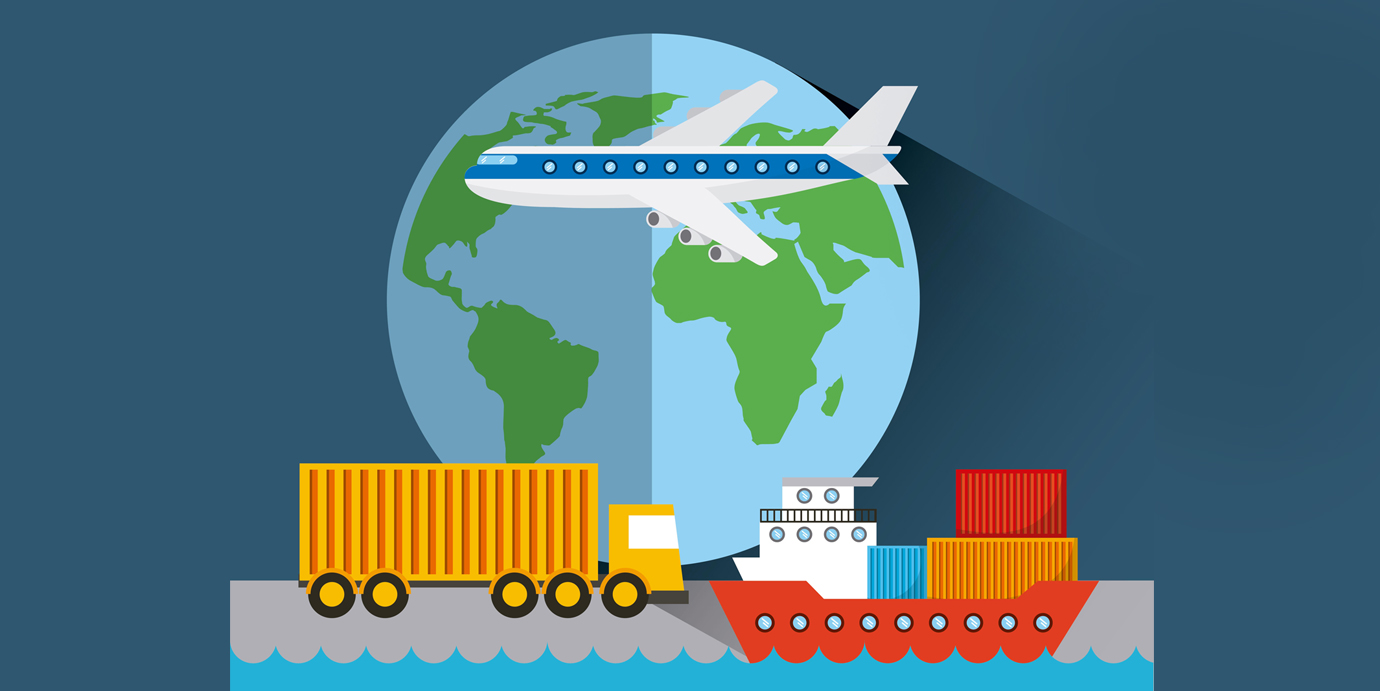Abstract
India has set an aspirational goal of uplifting its export sector and reaching the target of one trillion dollars worth of export of merchandise and services. Although, this seems like a far-reaching target given the ever-changing global trade market dynamics. This research paper tries to critically analyse and put forth the multi-dimensional outlook of India’s export landscape. By following a rigorous and thorough analysis of existing literature pieces, government policies, trading pacts, and suggestions by the media, this paper focuses on providing a holistic consideration of the current state of Indian exports in global trade. The paper also highlights the key challenges that pose a threat to Indian exports and hinder the process of expansion, by reviewing global economic trends and opportunities. It also sheds light on specific areas that have a potential for improvement and places a special focus on the country’s incessant dependence on Chinese exports-something that must be condensed following the Prime Minister’s Aatmanirbhar Bharat Initiative. The paper emphasizes India’s major bilateral trade agreements with prominent economies; it underlines the benefits reaped by entering into those contracts and stresses on areas where there is still room for development. With all this being examined via evidence-based comprehensive analysis, the paper proposes some policy recommendations intended to address the identified loopholes and foster a favourable and beneficial environment for the growth of the export sector. Eventually, the paper culminates the relevance and substance of calculated reforms and strategic measures in realizing India’s ambitious trillion-dollar export target, thereby contributing to an all-inclusive economic development and global trade integration.
Introduction
The Indian economy is growing at a fast pace, with an estimated GDP growth rate of 7.2% in the year 2023. The country’s remarkable export performance is regarded as one of the notable contributors to this massive growth. The Indian export sector has been sturdy and robust even after facing numerous challenges and unforeseen uncertainties in the global market. However, between the time span of April and November 2023, India’s percentage share of merchandise exports was recorded to have dropped by 6.5% to $278.8 billion, while imports also fell by 8.7% to $445.15 billion. During the time span of April to November 2023, India’s total exports (both Merchandise and Services included) were estimated to be $499.46 billion, displaying a negative growth of (-)1.39% over the same period, last year. The overall imports from April to November 2023 stood at $560.90 Billion, showing a negative growth equivalent to (-) 7.58% over the same period in 2022. Meanwhile, the trade deficit diminished firmly and amounted to $166.35 billion. The trade deficit for the year 2023 was estimated to be 12.1% lower than the same period last year when prices of several goods shot up after the outbreak of the Russia-Ukraine conflict.
The betterment of India’s export performance is crucial for the country’s holistic development, as it leads to growth and a boom in the economy. Such development will enhance India’s ranking and placement in the competitive arena, thereby increasing the country’s productivity and influence. The growing exports will help India leverage the advantages that come with this development, such as diversification of products and markets, comparative advantages over other economies, and integration of global value chains. The central government has established the aim of achieving $1 trillion by 2030, under the main objectives of its Foreign Trade Policy (2023). This is an important target as it reflects India is aspiring to make efforts in the right direction to become a dominant player in the global market and contribute significantly to the recovery of global trade. The achievement of this target will pave the way for India to realize another goal of becoming a $5 trillion economy by 2025. Before ascertaining what’s best for India in its journey to expand its export sector performance, it is crucial to critically analyze and evaluate the trends and drivers of this sector’s behaviour, then identify the loopholes in the existing policy framework in action, and examine the SWOT analysis. This is the pattern in which the paper will approach to finally gauge the untapped opportunities and forthcoming challenges for India to achieve its ambitious target. The paper will also assess the negative impacts of the ongoing trade wars, conflicts, and competitions in the world. It will further delve into putting forth suggestions for India to divert its policy trajectory in a direction that favours its export potential and increases its capacity/volume.
The paper limits its scope to exploring the merchandise and service exports of India, by choosing not to dive deep into other export-related aspects like trade balance, imports, and the status of the current account. The paper majorly sheds light on the macro-level analysis of India’s export performance and doesn’t discuss much about the micro-level facts of specific sectors, products, or markets. The paper has referred to secondary data and literature from various sources, such as the Press Bureau of India, the International Monetary Fund, the Ministry of Commerce and Industry, the World Bank, the World Trade Organization, and other academic and industry reports.
Click Here To Download The Paper


📌Analysis of Bills and Acts
📌 Summary of Reports from Government Agencies
📌 Analysis of Election Manifestos

